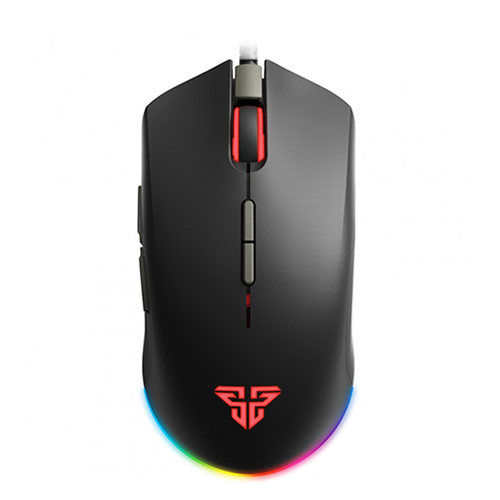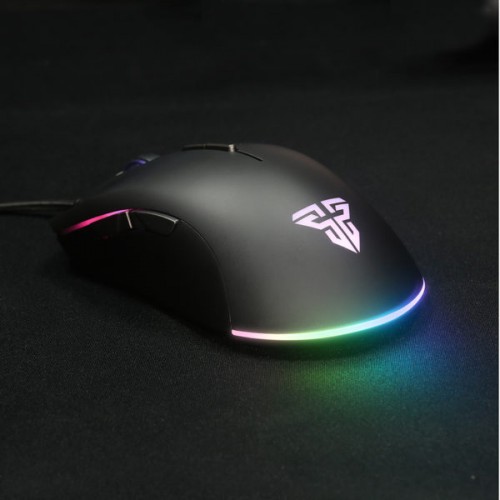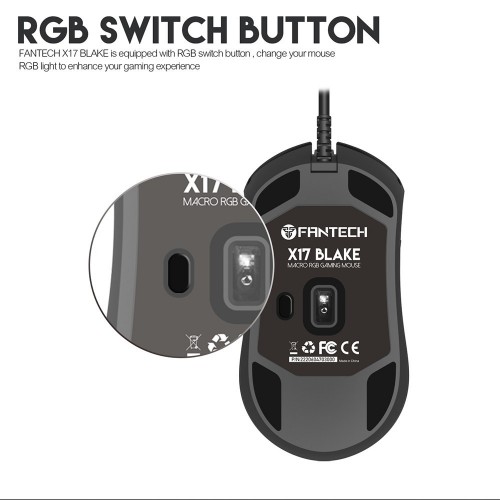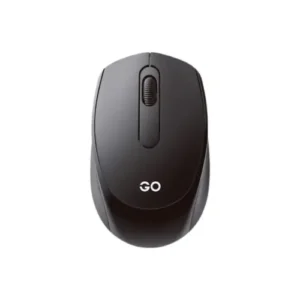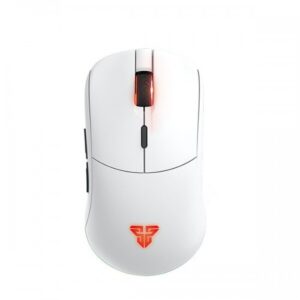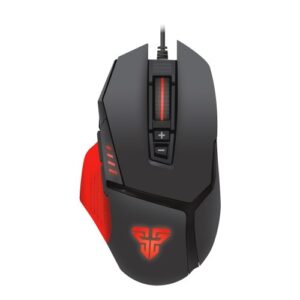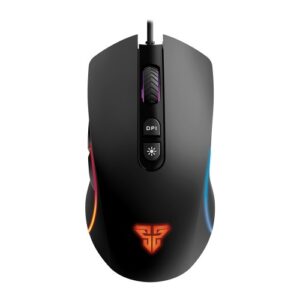Understanding the Specifications of a 7-Key Programmable Button Device
A 7-key programmable button device is designed with specific specifications that cater to different users, whether they are gamers, video editors, or professionals seeking enhanced productivity. The dimensions of such a device typically range from compact to moderately sized, allowing for portability without compromising functionality. A standard unit may measure approximately 6 to 8 inches in width and about 3 to 5 inches in depth, making it convenient for desk setups or on-the-go usage.
Weight is another factor to consider; a well-designed 7-key programmable button device generally weighs between 300 to 600 grams. This weight provides a balanced feel on a desk or gaming surface, ensuring it remains stable during intense gaming sessions or while performing critical tasks.
Connectivity options for these devices predominantly include wired and wireless solutions. Wired models often use USB connections, offering immediate responsiveness and eliminating the need for battery dependence. On the other hand, wireless models may feature Bluetooth or 2.4 GHz wireless technology, providing flexibility and reducing cable clutter while still maintaining commendable latency levels. Users will benefit from assessing which connectivity option aligns with their specific preferences and usage environments.
Compatibility is crucial when selecting a 7-key programmable button device. Most are designed to support multiple operating systems, including Windows, macOS, and Linux, and some may even offer mobile compatibility. Understanding the specifications related to compatibility ensures that users can integrate the device seamlessly into their workflows, enhancing performance across various applications.
Ultimately, understanding these technical aspects aids consumers in selecting the right 7-key programmable button device that meets their needs, raising the importance of evaluating specifications such as dimensions, weight, connectivity, and compatibility for an optimal user experience.
Exploring the Features and Benefits of Programmable Buttons
Programmable buttons are a standout feature of a 7-key programmable button device, offering users a multitude of customization options that enhance productivity and efficiency. Each button can be tailored to perform specific functions, allowing users to optimize their interactions with software and applications. The programming process is typically straightforward, often incorporating user-friendly software that guides individuals in assigning various commands or macros to each key. This ease of access transforms a standard keyboard experience into a bespoke tool suited to the user’s preferences.
The benefits of incorporating programmable keys into daily activities are significant. For professionals, these customizable buttons can serve as shortcuts to frequently used applications or commands. For instance, software developers can streamline their coding process by assigning macro commands to a single button press, thereby reducing the time spent on repetitive tasks. Similarly, gamers can boost their performance by linking complex in-game actions to programmable keys, enabling swift responses to gameplay dynamics beyond the reach of traditional keyboard layouts.
Moreover, accessibility enhancements is another compelling advantage of having programmable buttons. Users with physical limitations can configure these buttons for ease of use, allowing them to execute commands with minimal effort. Simple functions such as copying, pasting, or opening specific resources can be assigned to a single key, making technology more navigable for everyone. Overall, the integration of programmable buttons not only caters to individual needs but also promotes a more efficient workflow across varied environments, be it a professional setting, gaming arena, or for personal tasks. The ability to customize functionality is a powerful feature that delivers a more personalized and productive experience for every user.
